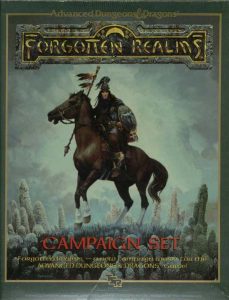
As I might have mentioned in my recent posts, the Forgotten Realms bug has bitten me again. In particular the world presented in the AD&D 1st edition Grey Box and The Savage Frontier. This is the setting of Icewind Dale and Neverwinter Nights, which were two my first fantasy games, and a few years later I was one of the GMs and level designers of a huge German NWN server network that ran for several years and set in the same region. It really was my first campaign setting and I lived and breathed that stuff for several years during my whole time as a 3rd edition GM. I pretty much lost interest in it after that and eventually went into homebrewing my own settings, but every couple of years, I remember that little The Savage Frontier book, that I earlier had dismissed as being entirely superseded by the much superior The North box and the Silver Marches book, and think of all the cool ideas that were lost in the later versions and I never got to use in the adventures I ran. While I currently have a new homebrew setting in the fire and another one in the drawer to work on any time the fancy strikes me, I also really just want to start a new campaign in the new year and go out to take the OSE Advanced rules for a spin. And The Savage Frontier is looking as attractive as it always does.
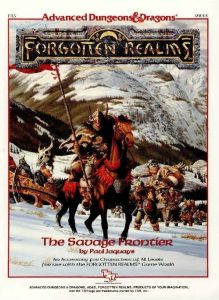
FR6: The Savage Frontier is one of 12 expansions for the original Grey Box campaign set. I think it’s Janelle Jaquays’ greatest work and possibly the best campaign setting sourcebook released for any RPG. Like all the books in the FR series, this one is really thin. Only 64 pages plus a really cool map of the entire region, which I used as the basis for my own giant hexmap. But this thing is just packed with content. One way in which it accomplishes that is that it is entirely setting description. There are no pages spend on new character options, spells, magic items, or monsters. This is all content for GMs to use as starting points for creating their own adventures. The amount of information that is provided on each subject that is covered is usually very sparse. Neverwinter gets a third of a page in total and Sundabar half of that. In contrast to that, The North box has lavish descriptions of various inns and taverns in every town and village. But looking back at it now, those descriptions didn’t actually give you anything that could be used to create adventurers for PCs. I guess that’s where the weird “laughing people around a table” trend started for D&D.
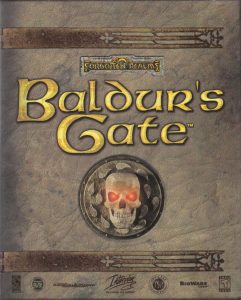
Dungeon descriptions are just as sparse and in many cases you don’t get anything more than a name and the reason why it has that name. That can seem quite underwhelming and not that helpful, but what The Savage Frontier is made for is to give you ideas to start of creation of your own game content. You’re not meant to discover the Forgotten Realms that have already been made for you, but to create your own version based on the provided seeds and stepping stones. And the stuff here is just really inspiring.
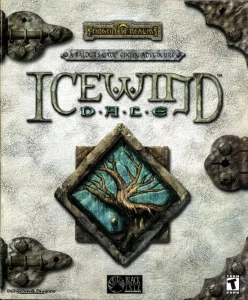
My plan for the campaign is to take the Forgotten Realms just as they are presented in these two sources and expand on what is on the page, without referring to any information from later sources that overwrite, contradict, or are thematically mismatched with what was established in 1988. I put the villages of Mornbryn’s Shield and Uluvin on my map because they don’t contradict or subtract anything from the original sources, but it is still the year 1357 with Hellgate Keep and the Blue Bear tribe, a massive orc stronghold right outside Silverymoon and Sundabar, Bane, Bhaal, and Myrkul, and all that other awesome metal shit! Also, the North is truly a Savage Frontier! It is a region that has been settled by humans from the South only fairly recently and outside of Waterdeep there is only a sparse scattering of homesteads raising cattle, sheep, and horses on the prairies. The elves are long gone. All that remains are a few stragglers occasionally showing up in human cities. The dwarves are still hanging on, but only barely. King Harbromm of Citadel Adbar is the last dwarven king in the North. They all know that the days of their people are over and that they are the last survivors of a great civilization who are left with the only two choices of fleeing to human cities or isolating themselves completely from the outer world in their greatly diminished underground strongholds.
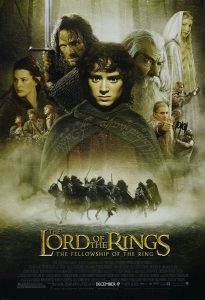
The concept for the campaign is that the players start out as a (recently) established adventurer company. As laid out and explained in great detail in the Grey Box, adventurers in the Forgotten Realms are very much like mercenary companies roaming from town to town in search for work. Not single wanderers who just happen to be in the same backwater tavern when the plot hook comes crashing through the door. It also makes sense when you take into consideration how the rules for 1st edition were designed and the game presented. A party does not consists of 3 to 4 PCs, but of 10 to 15 PCs, henchmen, and hirelings with a whole baggage train of supplies. I’ve found that with this context, the whole setting makes a lot more sense. Individuals roaming around, hoping that someone is in need of a weird stranger to rescue Lassie from the well never felt really believable to me. But small armies for hire in a huge and sparsely populated wilderness where the next Lord’s knights are weeks away? I can see that being an actual career option.
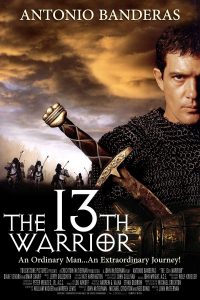
My idea for adventures is to have essentially miniature sandboxes. The players hear that a town has been suffering from an ongoing threat from barbarians, orcs, monsters from the wilderness, or a strange curse and set out to offer the locals their services to protect them for a fee. It is then up to the party to go explore the surrounding woods and marshes to find the source of the threat and deal with it. They either can make a contract to find and kill a specific monster that is terrorizing the town, or to simply guard the town and patrol the nearby area until the townsfolk think it’s safe enough to not extend the contract for another week or month. I think this is a great setup to combine wilderness exploration and dungeon crawling and have the players discover all kinds of lairs, strange spirits, and odd hermits, while at the same time leaving it entirely in their hands where they want to go and how they want to respond to the things they encounter. No need to script any events with predetermined outcomes. Like any West Marches campaign, this also makes the game very flexible, with the game being able to continue with whatever players are present on that day. The characters of players not playing that day would be staying back guarding the town while the party is out on patrol or hunting.
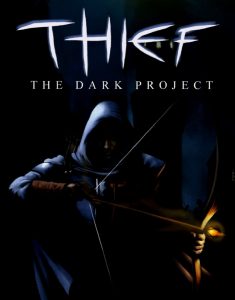
I first got into the setting around 2002, a few years after I’ve first started playing, and was still regularly playing Baldur’s Gate, Icewind Dale, and Thief. It was also right after the Lord of the Rings movies had come out. All of which obviously had a huge impact on how I was imagining all those things I was reading about. And which I am using now extensively to scrounge for ideas for the new campaign. The Savage Frontier does not mention gnolls existing in the region. But the gnolls in Baldur’s Gate are extremely cool, way cooler than the mad cackling idiots that appear in more recent D&D material. And of course Kuldahar, the Severed Hand, and the Dragon’s Eye from Icewind Dale are just totally awesome.
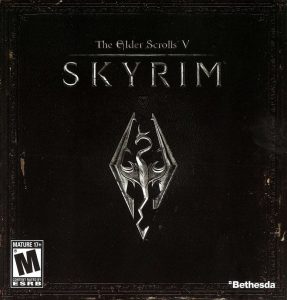
I don’t recall when I first watched The 13th Warrior, but that movie is as oldschool D&D as it can possibly get. And it’s vikings, so a perfect fit for the North. They are perhaps my own ideal archetype for what an adventuring company should be like. And the dungeon at the end is a thousand times cooler than straight 10-foot wide stone corridors and square rooms. Skyrim of course came out many years after all these other works. But I still think it’s very much in the same general style as the Savage Frontier. There’s a couple of cool dungeons and caves and other interesting stuff. Again, the sources don’t say if there are any Mammoths in the North, but there very much could be. And pairing them up with stone giants? Yes please!
